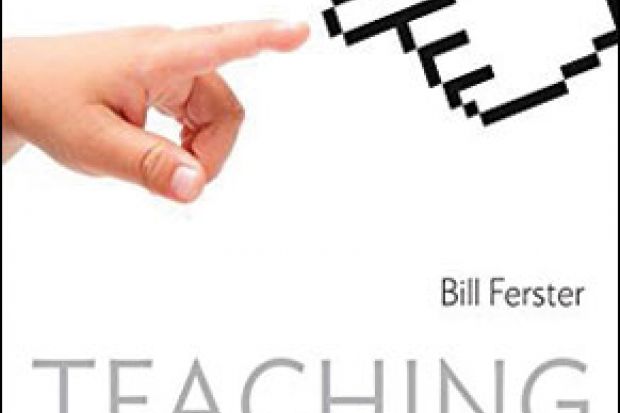Efforts to enhance education with technology did not begin with the digital age. In reality, educational technology has enjoyed a much longer history, arguably starting in the 15th century with the introduction of horn-covered textbooks, as University of Virginia academic and former technology entrepreneur Bill Ferster argues.
On the face of it, I confess, Ferster’s book did not stand out as a must-read. I suppose I was a little put off by its title, which conjures up images of men in white coats conducting psychological experiments in the laboratories of the 1960s. But the title belies the engaging and thought-provoking contents, and Ferster comes clean when he admits that it is an ironic swipe at the reductionist philosophies that inspired behaviourists’ efforts in the 20th century to “mechanise” and standardise education. Moreover, as you read on, it becomes clear that the title is, in fact, quite apt. Ferster’s focus is on how we can teach with “machines” of various kinds, and he exposes the issues and challenges that emerge whenever we apply technology to the task of pedagogy.
The overriding thesis is simple: learning is paramount, and technologies are tools that can support it. Via a series of historical narratives, lucid cultural insights and keen exploration of major theoretical perspectives, Ferster attempts to determine just how effective technology has been in supporting and enhancing learning. His view, as he sums up in the final page, is that “Teaching machines can be only as effective as the pedagogical methods they employ…and how they stay focused on the learner”. And he clearly believes that insights into the educational technology of the future can be found by looking at its past.
His skilful tour spans centuries of innovation, experimentation, failure and success. He guides us through the early years of distance education and educational broadcasting, and thence to satellite communication, audio-visual media, e-learning, learning management systems and games-based learning, before finally arriving at current developments such as cloud computing, massive open online courses and the free online “micro-lectures” of the non-profit Khan Academy. Unexpectedly absent, though, is any discussion of the growing use of smartphones and mobile learning, and their impact upon the current educational ecosystem.
All the developments Ferster considers are treated critically, each commentary is laced liberally with relevant pedagogical theory, and all are illustrated with colourful backstories. Leaping from Seymour Papert’s forays into constructionism with the Logo educational programming language to John Searle’s “Chinese room” thought experiments and John Anderson’s ACT-R cognitive architecture, Ferster’s narrative leans heavily on psychological theory, but the journey is deliciously eclectic.
Teaching Machines’ readability and its appealing mix of theory and narrative, historical and contemporary developments make it a valuable choice as a course reader for lecturers, instructional designers and indeed for anyone engaged in the business of education. It will sit in a prominent place on my bookshelf, thanks to its engaging, insightful and comprehensive review of the evolution of educational technology. Given the relentless pace of change in the field, however, I suspect it will need to be rewritten in a year or two.
Teaching Machines: Learning from the Intersection of Education and Technology
By Bill Ferster
Johns Hopkins University Press, 216pp, £22.50
ISBN 9781421415406 and 5413 (e-book)
Published 9 December 2014
Register to continue
Why register?
- Registration is free and only takes a moment
- Once registered, you can read 3 articles a month
- Sign up for our newsletter
Subscribe
Or subscribe for unlimited access to:
- Unlimited access to news, views, insights & reviews
- Digital editions
- Digital access to THE’s university and college rankings analysis
Already registered or a current subscriber? Login





